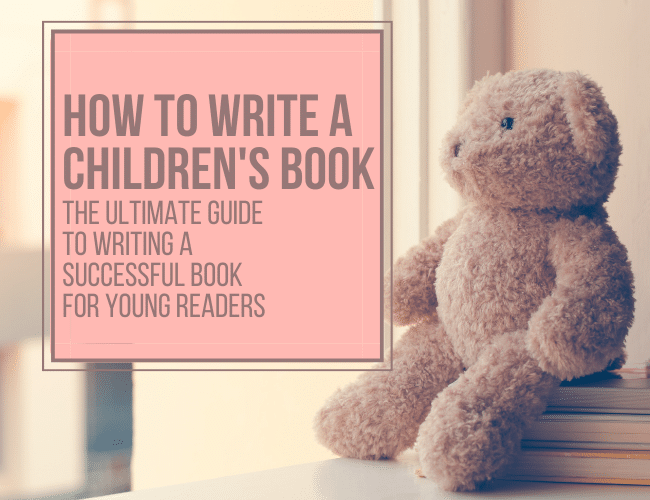
by Marianne Richmond |
Have you wondered how to write a children’s book? A lot of people do! The idea of crafting a sweet or silly tale that delights young minds and hearts is a compelling invitation.
Maybe you already have an idea about subject matter or a memorable character in mind.
Perhaps you are inspired by favorite books from long ago (Judy Blume, anyone?). Frequent guidelines suggest just 500-1000 words in the average picture book—and many people who are not children’s book writers wonder how difficult this could be.
Harder than you think.
Children’s author Margaret Meacham sums it up well. “Well-written picture books are works of art that demand an intuitive sense of child appeal, and like poetry, a firm command of language.”
In this article, you’ll learn all about how to write a children’s book with writing tips that will help you craft your writing for the littlest reader.

by Pamela Fernuik |
Interesting things come in threes. There are three little pigs, not four. Three kittens lost their mittens, Goldilocks and the three bears, three musketeers. You might even say “three is a magic number.”
If you’re a writer, especially a children’s book author, you should be using the rule of three in your writing. In this post, we’ll talk about how.

by Marianne Richmond |
Do you want to write a children’s book but struggle to come up with great children’s book ideas?
You’re not alone in this. All too often do budding writers (or seasoned ones!) sit down to write their book for kids and stare, glossy eyed, at a blank page—for hours.
Sometimes this discourages writers so much that they give up on their idea altogether. They assume an idea will come to them when the muse decides to speak up.
Writers don’t have to wait for the muse, though. This article shares strategies that can help you come up with your next great book idea—particularly if you want to write a book for children.

by Marianne Richmond |
Do you dream about becoming a children’s book writer? Are there any writing struggles holding you back?
You may have an amazing children’s book idea, but for some reason you can’t seem to actually write the book.
In today’s article, I’d like to hit pause on you writing process (briefly, I promise!) and dig deep into what unanswered questions and writing struggles have prevented you from starting, writing, or finishing and publishing your children’s book.
Ask me questions!

by Marianne Richmond |
Well, friends, we’ve come to end of our “How to Write a Children’s Book” series! Over the course of many posts, we’ve talked about defining your target market, creating a brand, the realities of making money and if self-publishing or traditional publishing is a better path for you.
My hope is this series has helped learn a bit more about the what to expect as a writer in this business, as well as clarify some of the more confusing aspects of the industry.
For my final post, I reached out to several of my friends and colleagues in the publishing industry to ask them what insider advice they’d give to our aspiring children’s book authors.

by Marianne Richmond |
Many aspiring writers believe that once they finish and publish the book, the money will just roll in without any further action or plan! In fact, every time I visit a school to share my books, I can count on one bright-eyed first grader raising their hand to ask, “Are you rich?” This question make makes me smile in an “if you only knew” kind of way, because this is the truth: Most financially best-selling and successful authors have multiple income streams across their author platform.
You are in a business—the book business. Let’s look at some of these income streams and how you might make money writing books as a full-time author.








